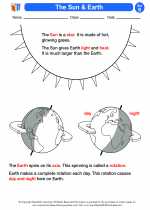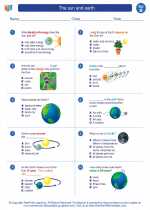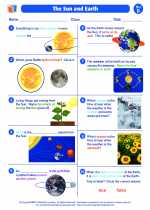Stars
A star is a massive, luminous sphere of plasma held together by its own gravity. It is the most fundamental building block of galaxies, including our own Milky Way.
Types of Stars
There are several types of stars, including:
- Main Sequence Stars: They are the most common type of stars, including our Sun.
- Red Giants: These are large, bright stars that are nearing the end of their life cycle.
- White Dwarfs: These are small, dense stars that are the remnants of low to medium mass stars.
- Supergiants: These are the largest and most massive stars, with a short lifespan compared to other types.
Life Cycle of a Star
Stars go through a life cycle that includes formation, main sequence phase, and eventual death. The life cycle of a star is determined by its mass.
Star Formation
Stars are born from vast clouds of gas and dust called nebulae. Under the force of gravity, these clouds collapse and form protostars, which eventually ignite nuclear fusion in their cores to become full-fledged stars.
Main Sequence Phase
During the main sequence phase, a star fuses hydrogen into helium in its core, releasing energy in the form of light and heat. This is the longest phase in a star's life cycle.
Death of a Star
Depending on its mass, a star may end its life as a white dwarf, neutron star, or a supernova. The remnants of a supernova explosion can form a black hole.
Studying Stars
There are several ways to study stars:
- Astronomical Observations: Scientists use telescopes and satellites to observe and study stars from Earth and space.
- Spectral Analysis: By analyzing the light emitted by stars, scientists can determine their composition, temperature, and other properties.
- Astrophysical Models: Scientists use computer models to simulate the life cycles of stars and understand their behavior.
[Star] Related Worksheets and Study Guides:
.◂Science Worksheets and Study Guides Second Grade. The sun and earth

 Activity Lesson
Activity Lesson
 Worksheet/Answer key
Worksheet/Answer key
 Worksheet/Answer key
Worksheet/Answer key
 Worksheet/Answer key
Worksheet/Answer key
 Worksheet/Answer key
Worksheet/Answer key
 Vocabulary/Answer key
Vocabulary/Answer key
